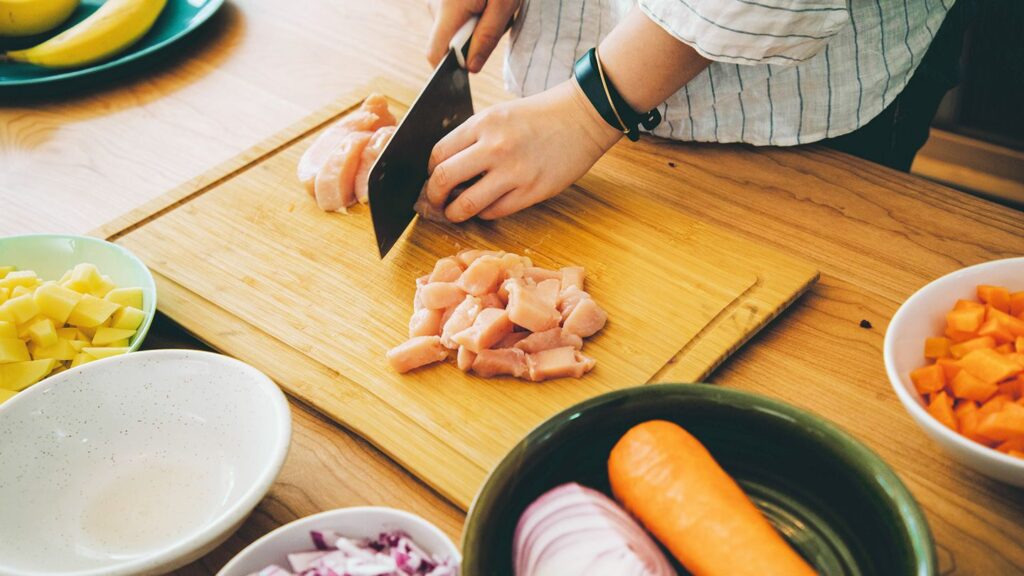
Leftover food is a common part of home cooking and dining out. Ensuring the safety of leftovers is essential to prevent foodborne illnesses. The main culprits of such illnesses are undercooked food and improper temperature handling. Adhering to the USDA Food Safety and Inspection Service’s recommendations can greatly reduce the risks associated with leftovers.
Cooking Food Safely: The foundation of safe leftovers is cooking food to a proper temperature. Utilize a food thermometer to confirm that the food reaches the recommended minimum internal temperature for various types of meats:
- Red meats: 145°F for beef, pork, lamb, and veal, with a 3-minute rest after cooking.
- Ground meats: 160°F for ground beef, pork, lamb, and veal.
- Poultry: 165°F for all poultry.
Preventing the Danger Zone: Bacteria thrive between 40°F and 140°F. Once food is cooked, keep it at 140°F or above to prevent
bacterial growth. Refrigerate leftovers within 2 hours of cooking, or 1 hour if the temperature exceeds 90°F. Discard perishables left at room temperature beyond these timeframes.
Rapid Cooling: Quickly cooling food to 40°F or below is crucial. Divide large portions into shallow containers, ensuring
speedy cooling to prevent bacterial multiplication. Slice large items like roasts or hams for faster cooling. Utilize ice baths or refrigeration for hot food to cool rapidly.
Effective Packaging: Safeguard leftovers by covering them, using airtight packaging, or sealing storage containers. This keeps
bacteria out, maintains moisture, and prevents flavor transfer. Promptly refrigerate or freeze wrapped leftovers.
Safe Storage: Store leftovers in the refrigerator for 3 to 4 days or freeze them for 3 to 4 months. Frozen leftovers can
lose quality over extended periods.
Thawing Safely: Thaw frozen leftovers safely using the refrigerator, cold water, or the microwave. Refrigerator thawing is
the safest, while cold water thawing requires vigilance. Thawed food should be used within 3 to 4 days or refrozen. Microwave thawing is the quickest, ensuring a safe temperature of 165°F before refreezing.
Direct Reheating: Reheating frozen leftovers directly, without thawing, is safe. Utilize a saucepan, microwave, or oven, ensuring the food reaches 165°F. Though longer than thawing first, this method is suitable when time is limited.
Safe Reheating: When reheating leftovers, confirm they reach 165°F with a food thermometer. In the microwave, use microwave-safe covers and rotate the food for uniform heating.
By following these guidelines, you can enjoy leftovers safely, minimizing the risk of foodborne illnesses and promoting healthier eating habits.
Reference:
U.S. Department of Agriculture. “Health and Safety”. USDA. https://www.usda.gov/topics/health-and-safety.
